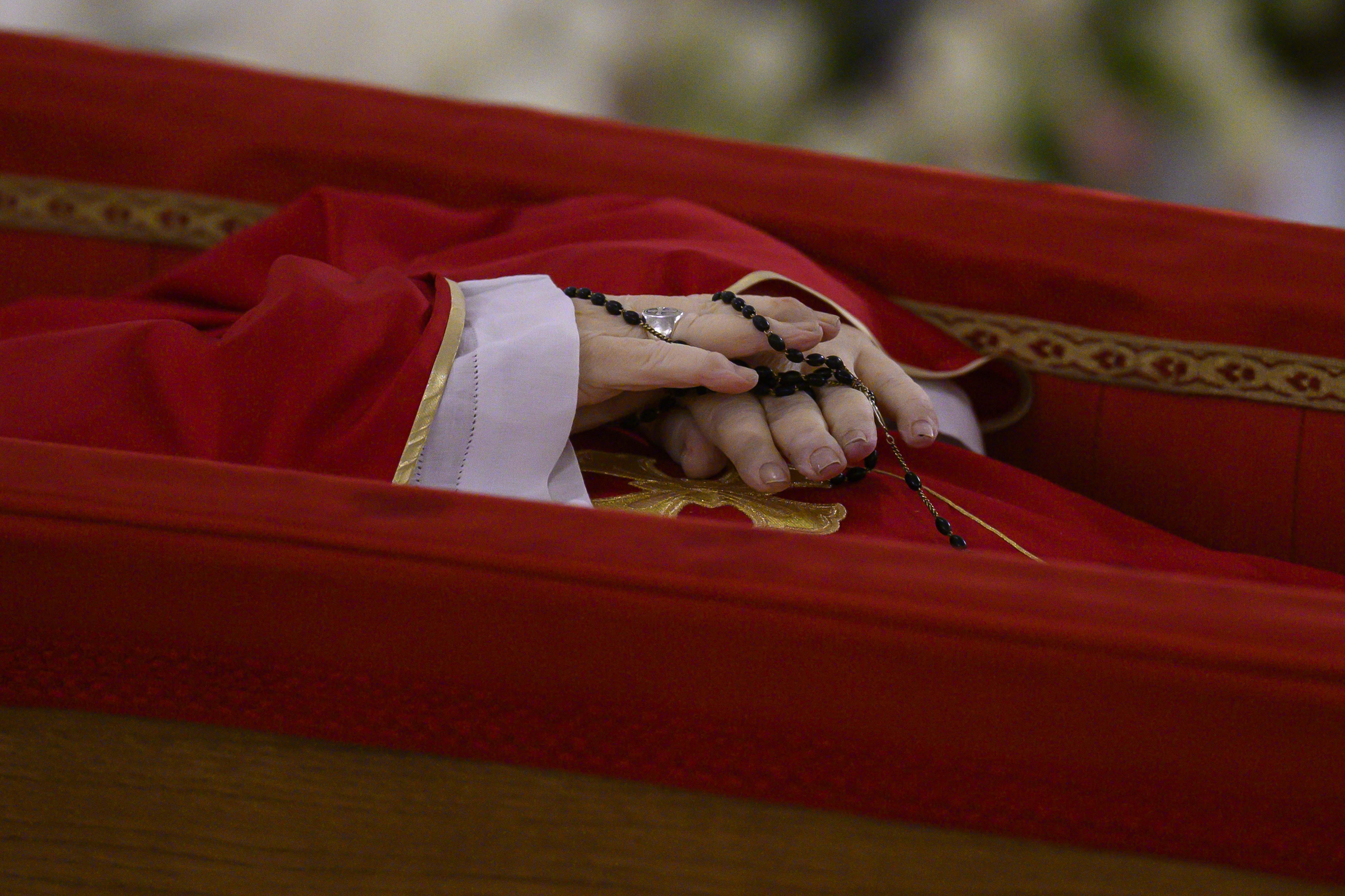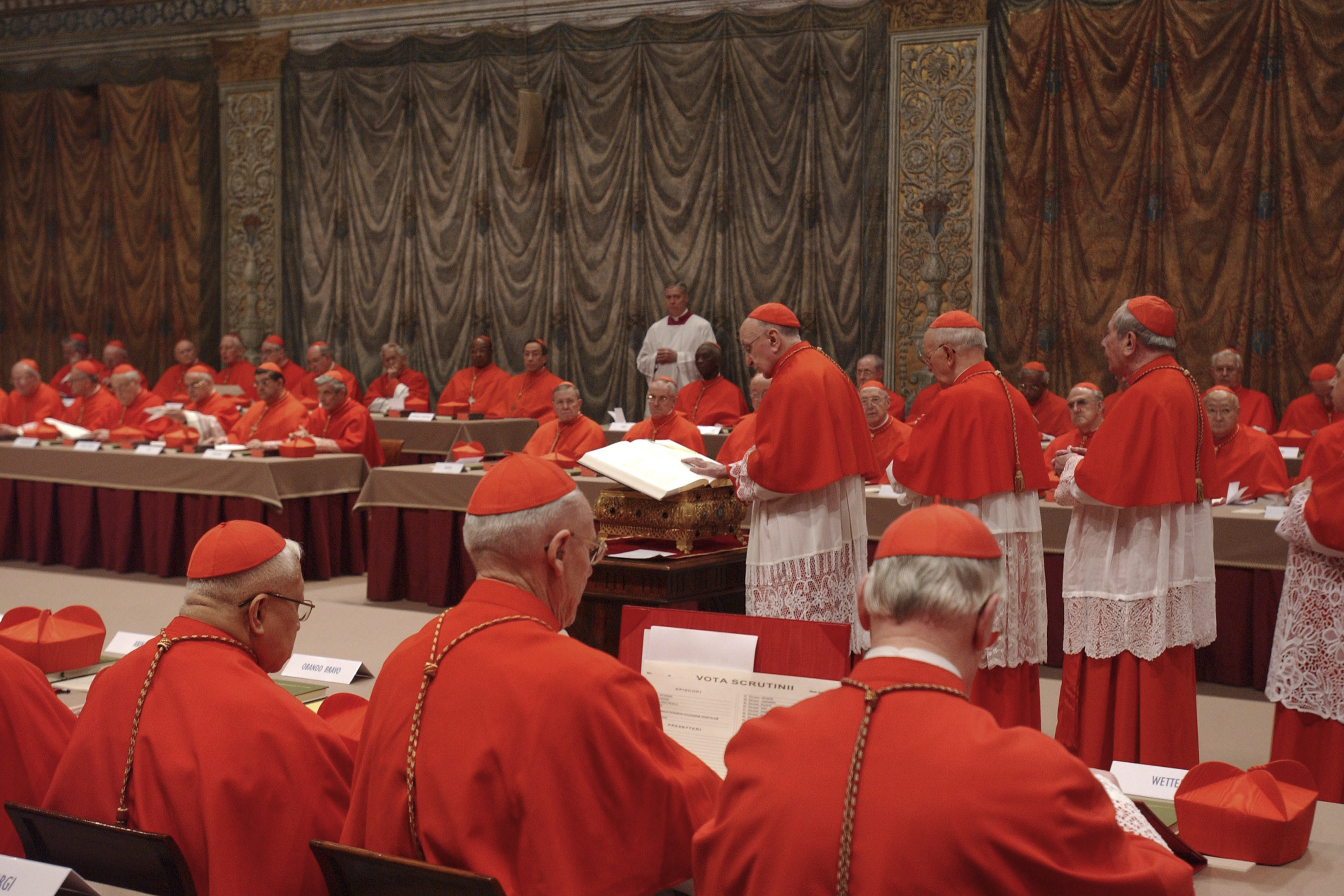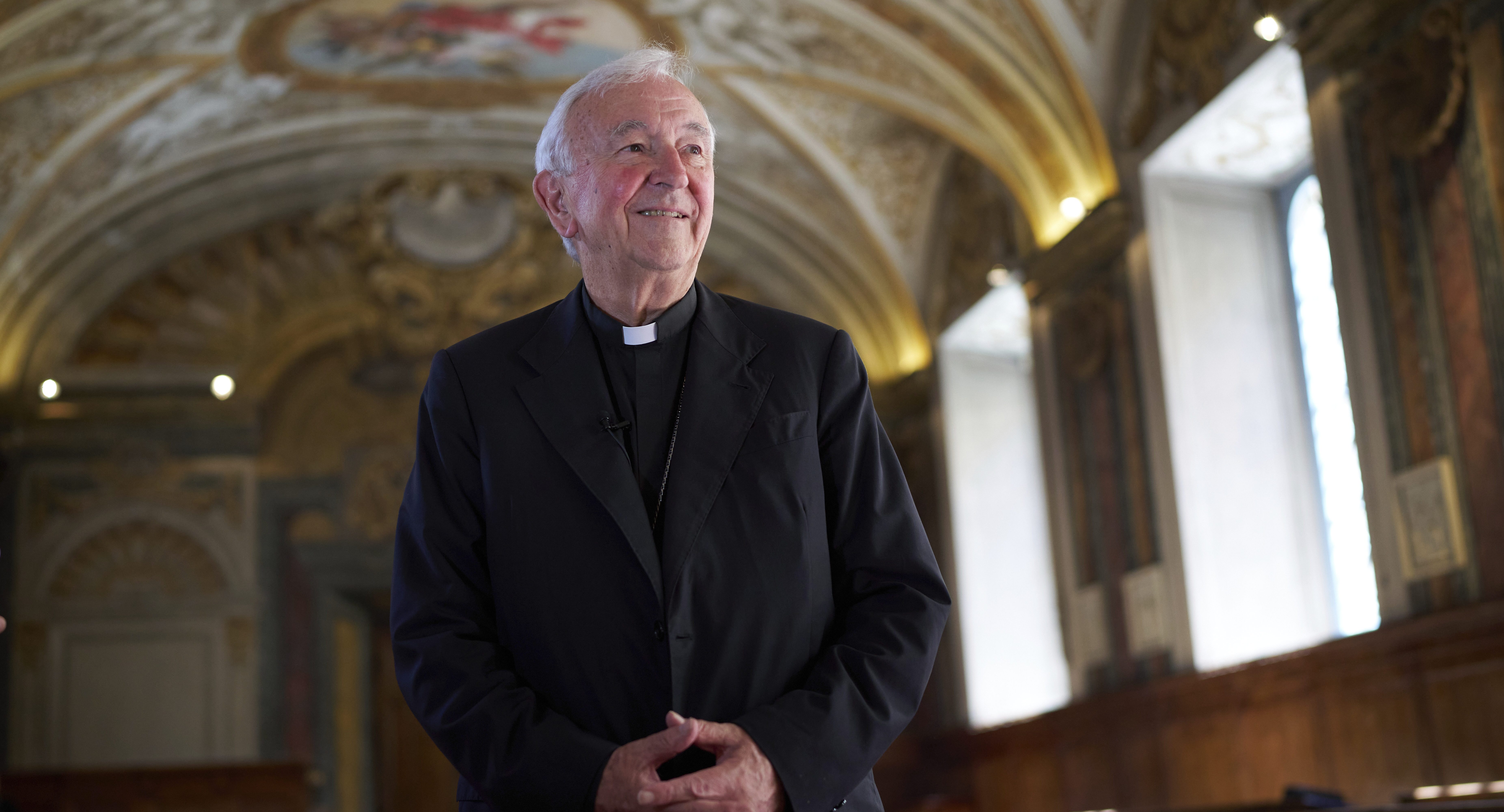Pope Francis Coffin Images Released: A Pontiff Remembered
Pope Francis Laid to Rest: First Images Released of the Pontiff in Coffin
A World Mourns: First Glimpse of Pope Francis in Repose
The world is in mourning. The Vatican has just released the first poignant images of Pope Francis lying in his coffin. This deeply moving moment allows the faithful and the global community alike a glimpse of the pontiff in his final rest, marking the end of an era for the Catholic Church. Accompanied by prayers from the Vatican Secretary of State, these images signal the start of a period of mourning and remembrance. What does this mean for the Church moving forward? Let's delve into the details.
Lying in State: Honoring a Legacy
Before his final resting place, Pope Francis will lie in state for three days within the hallowed walls of St. Peter’s Basilica. This allows millions of pilgrims and mourners to pay their respects to a man who dedicated his life to faith, service, and advocating for the marginalized. Imagine the atmosphere, filled with quiet reflection and heartfelt prayers, as people from all walks of life gather to say goodbye. It's a testament to the impact he had on so many.
The Significance of St. Peter's Basilica
Why St. Peter's Basilica? This iconic structure, a symbol of the Catholic Church itself, is the natural choice. It's a place of profound spiritual significance, steeped in history and tradition. By lying in state here, Pope Francis is connected to a long line of popes and a legacy that stretches back centuries. It's a visual reminder of the enduring power of faith.
The Road Ahead: The Cardinals Gather
While the world mourns, the wheels of the Church are already turning. Cardinals convened at the Vatican's synod hall to begin the important, albeit somber, task of charting the course for the future. This includes making crucial decisions regarding the selection process for Pope Francis’ successor. What kind of leader will the Church seek next? The stakes are high.
The Conclave: Choosing a New Pope
The conclave, the process of electing a new pope, is a fascinating and secretive affair. According to current norms, it must begin between May 5th and 10th. The cardinals will sequester themselves, engaging in prayer and deliberation until they reach a consensus. It's a process shrouded in mystery, but its outcome will shape the future of the Catholic Church for decades to come. Think of it like a high-stakes election, but with far more tradition and ritual.
A Funeral of Global Significance
The funeral, set for Saturday at 10 a.m. local time in St. Peter’s Square, promises to be a global event. Cardinal Giovanni Battista Re, the dean of the College of Cardinals, will celebrate the Mass. World leaders and dignitaries will be in attendance, reflecting the widespread influence and respect Pope Francis commanded. It’s a final farewell on a grand scale.
High-Profile Attendees
The attendance of figures like U.S. President Donald Trump and Argentine President Javier Milei underscores the significance of the occasion. Their presence is a testament to Pope Francis’s ability to connect with leaders from diverse political backgrounds and his role as a global figure. This demonstrates the Pope's influence extends far beyond the religious sphere.
Remembering Pope Francis: A Legacy of Reform
Pope Francis' pontificate was marked by a commitment to reform, social justice, and reaching out to the marginalized. He challenged traditional norms, advocated for environmental protection, and spoke out against inequality. He was, in many ways, a modern Pope for a modern world. How will his legacy be remembered?
His Focus on the Poor
One of the defining characteristics of Pope Francis' papacy was his unwavering focus on the poor and vulnerable. He consistently spoke out against poverty and injustice, urging the world to prioritize the needs of those less fortunate. This commitment resonated deeply with many and earned him widespread admiration. He truly lived his values, setting an example for others to follow.
Environmental Advocacy: A Call to Action
Pope Francis was also a vocal advocate for environmental protection. His encyclical *Laudato Si'* called on the world to address climate change and protect the environment for future generations. This bold stance positioned him as a leading voice on environmental issues and inspired many to take action. Was his message heard and will continue to resound?
Condolences from Around the World
News of Pope Francis' passing has prompted an outpouring of condolences from leaders and individuals around the world. These messages reflect the profound respect and admiration he garnered during his time as Pope. It's a reminder of the unifying power of faith and the shared humanity that binds us together. The world is united in grief, regardless of religious or political affiliation.
The Impact on the Catholic Church
The death of a Pope is always a significant event for the Catholic Church. It marks the end of one chapter and the beginning of another. The election of a new Pope will undoubtedly have a profound impact on the Church's direction and its role in the world. It's a moment of both sadness and anticipation.
A Time for Reflection
This period of mourning is also a time for reflection. It's an opportunity to consider Pope Francis' legacy and the values he championed. It's a chance to think about how we can all contribute to a more just and compassionate world, inspired by his example. What lessons can we learn from his life and work?
The Future of the Papacy
The papacy is one of the oldest and most influential institutions in the world. The next Pope will face numerous challenges, including navigating a changing world, addressing issues of social justice, and fostering unity within the Church. It's a daunting task, but one that holds immense potential. The world will be watching closely.
The Symbolism of the Coffin
Even the simple act of seeing the Pope in his coffin carries deep symbolism. It's a stark reminder of mortality and the transient nature of life. It also serves as a powerful symbol of humility, reminding us that even the most powerful figures are ultimately subject to the same fate as everyone else. It's a humbling image, prompting reflection on our own lives and legacies.
The Prayers of the Faithful
The prayers of the faithful, offered throughout the world, provide solace and comfort during this difficult time. They also serve as a testament to the enduring power of faith and the hope for eternal life. Prayer is a powerful act of solidarity and a way to connect with something larger than ourselves.
The End of an Era
The passing of Pope Francis truly marks the end of an era. His papacy was a time of significant change and reform within the Catholic Church. He leaves behind a legacy of compassion, social justice, and environmental stewardship. He will be remembered as a Pope who challenged the status quo and inspired millions around the world.
Conclusion: A Legacy of Faith, Hope, and Love
The release of the first images of Pope Francis in his coffin marks a somber but significant moment. As the world mourns, we also celebrate his remarkable life and unwavering commitment to faith, hope, and love. The funeral in St. Peter's Square will be a global event, a final farewell to a Pope who touched the hearts of millions. The cardinals now face the weighty task of selecting his successor, a process that will shape the future of the Catholic Church for generations to come. Ultimately, Pope Francis's legacy will endure, inspiring us to strive for a more just and compassionate world.
Frequently Asked Questions
Here are some frequently asked questions about the passing of Pope Francis and the process that follows:
- What happens now that Pope Francis has passed away?
Following the Pope's death, the Vatican enters a period known as "sede vacante" (the vacant see). The College of Cardinals assumes governance of the Church, and preparations are made for the election of a new Pope.
- How is the new Pope elected?
The new Pope is elected by the College of Cardinals in a secret conclave. Cardinals under the age of 80 are eligible to vote. The election process involves multiple rounds of voting until one candidate receives a two-thirds majority.
- Where does the conclave take place?
The conclave takes place in the Sistine Chapel at the Vatican. Cardinals are sequestered until a new Pope is elected, and all communication with the outside world is prohibited.
- When will the new Pope be announced?
The new Pope is announced to the world once he accepts the election. White smoke is released from the chimney of the Sistine Chapel to signal that a new Pope has been chosen.
- What are some of the challenges facing the next Pope?
The next Pope will face numerous challenges, including addressing issues of social justice, promoting unity within the Church, and navigating a rapidly changing world. He will also need to address issues of clergy abuse and declining church attendance in some parts of the world.




